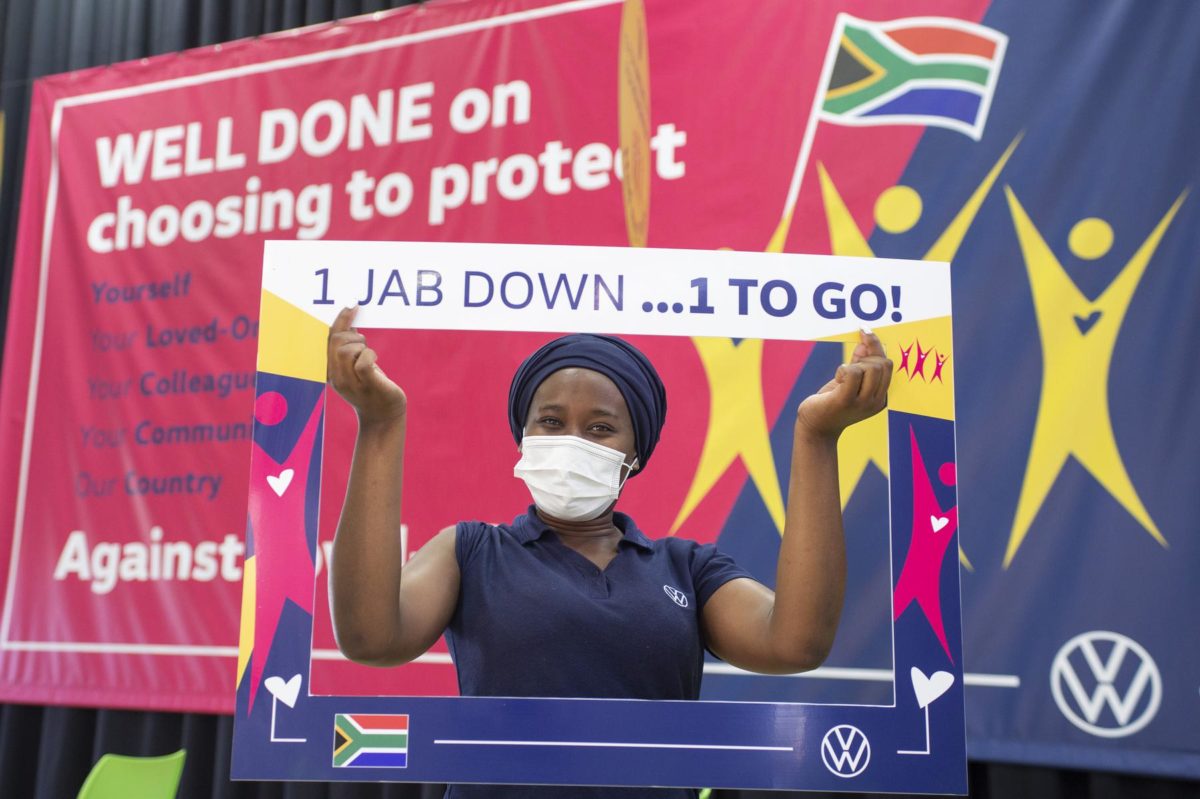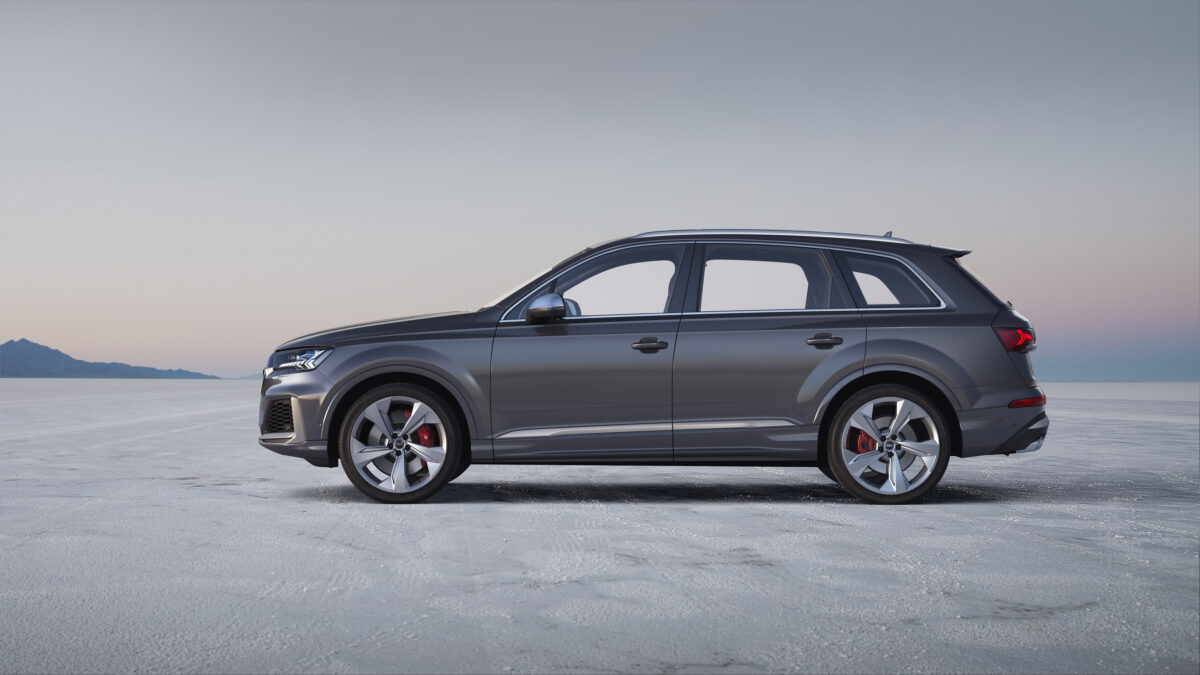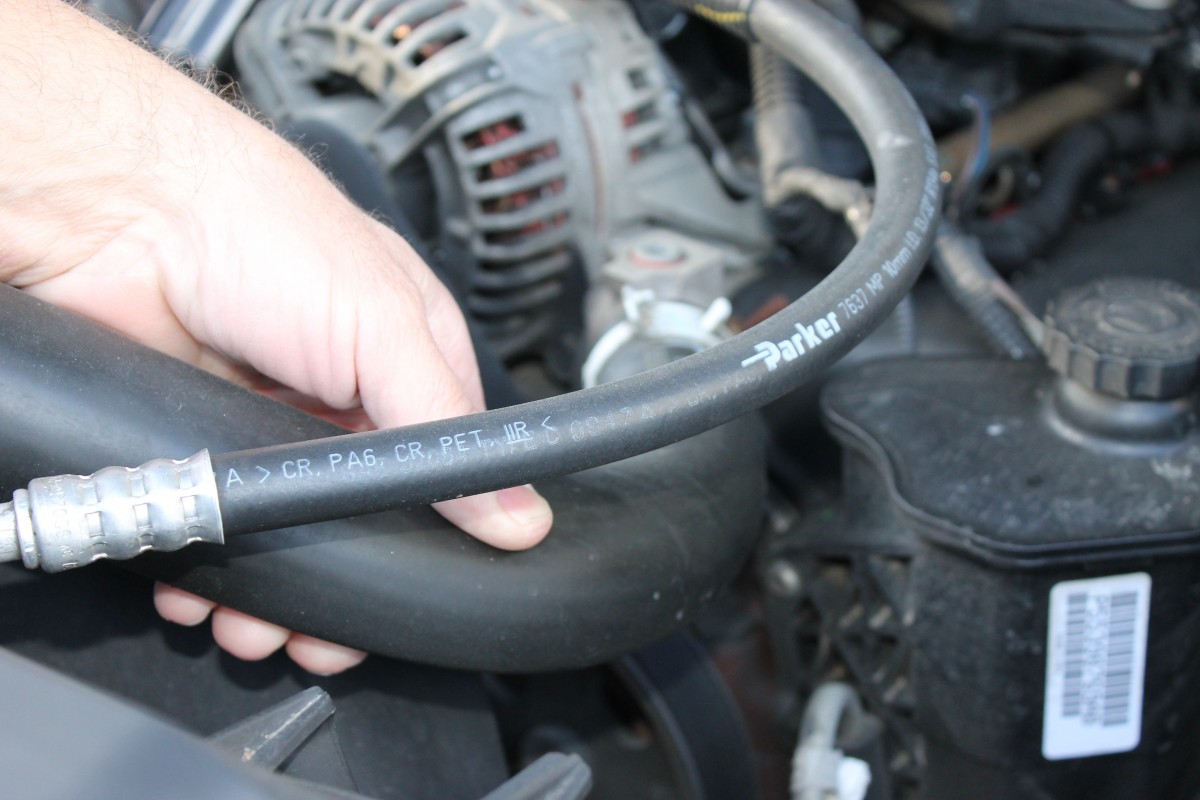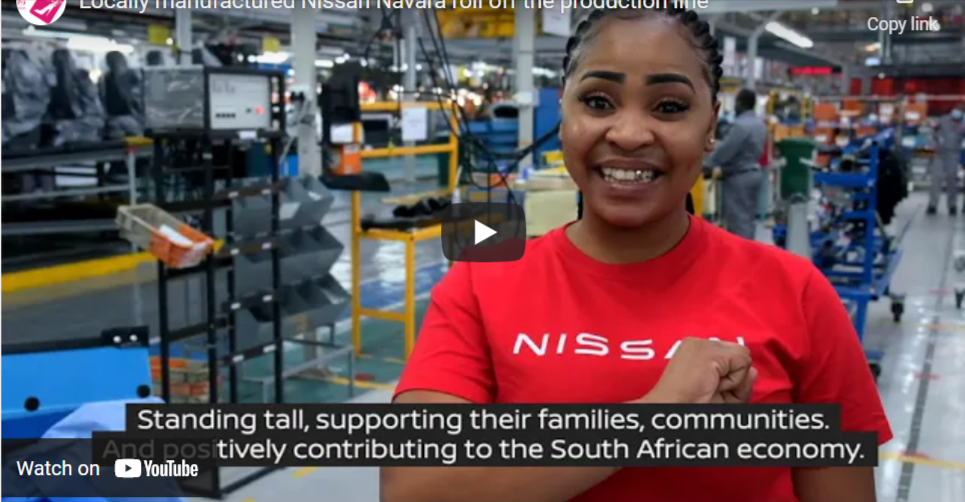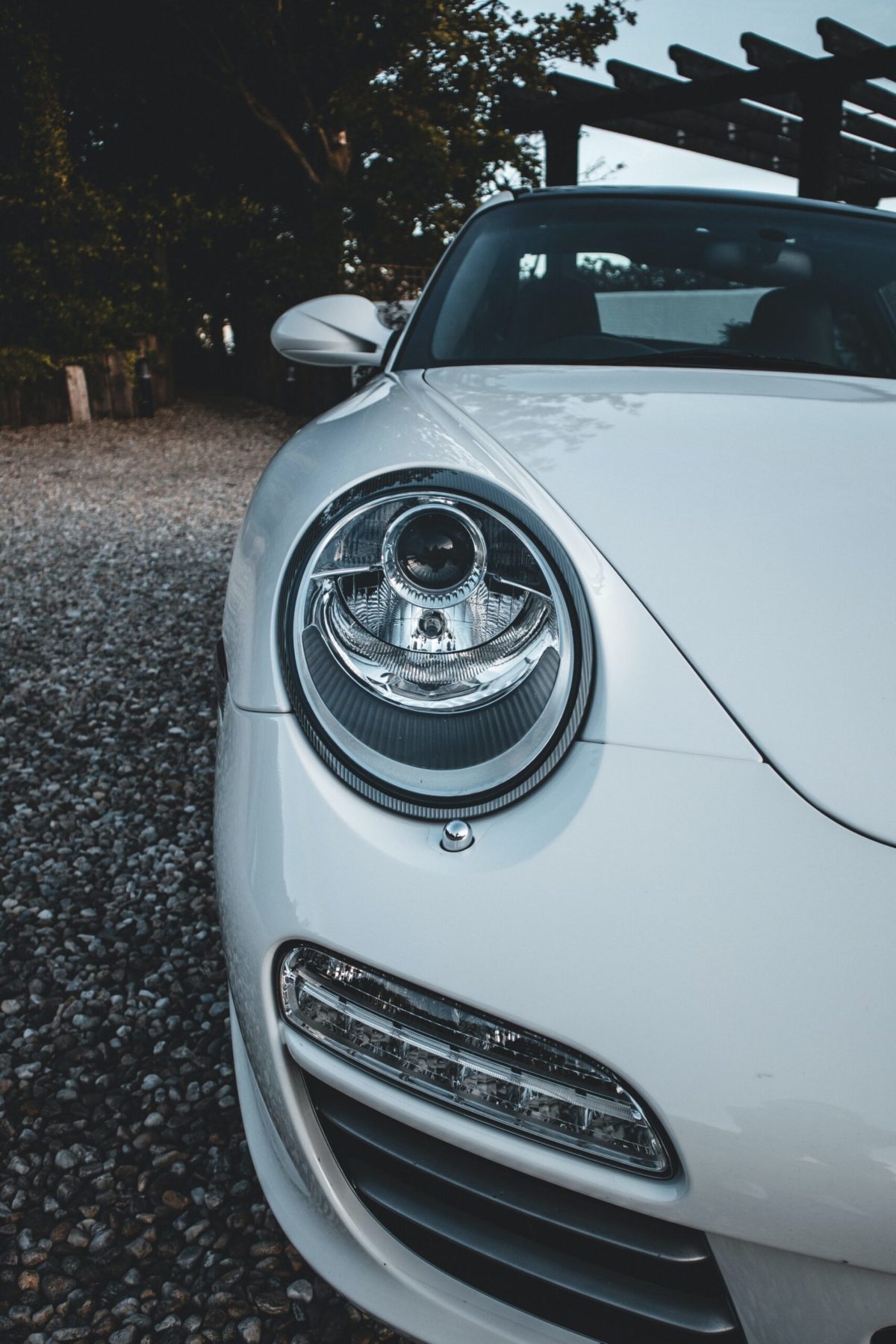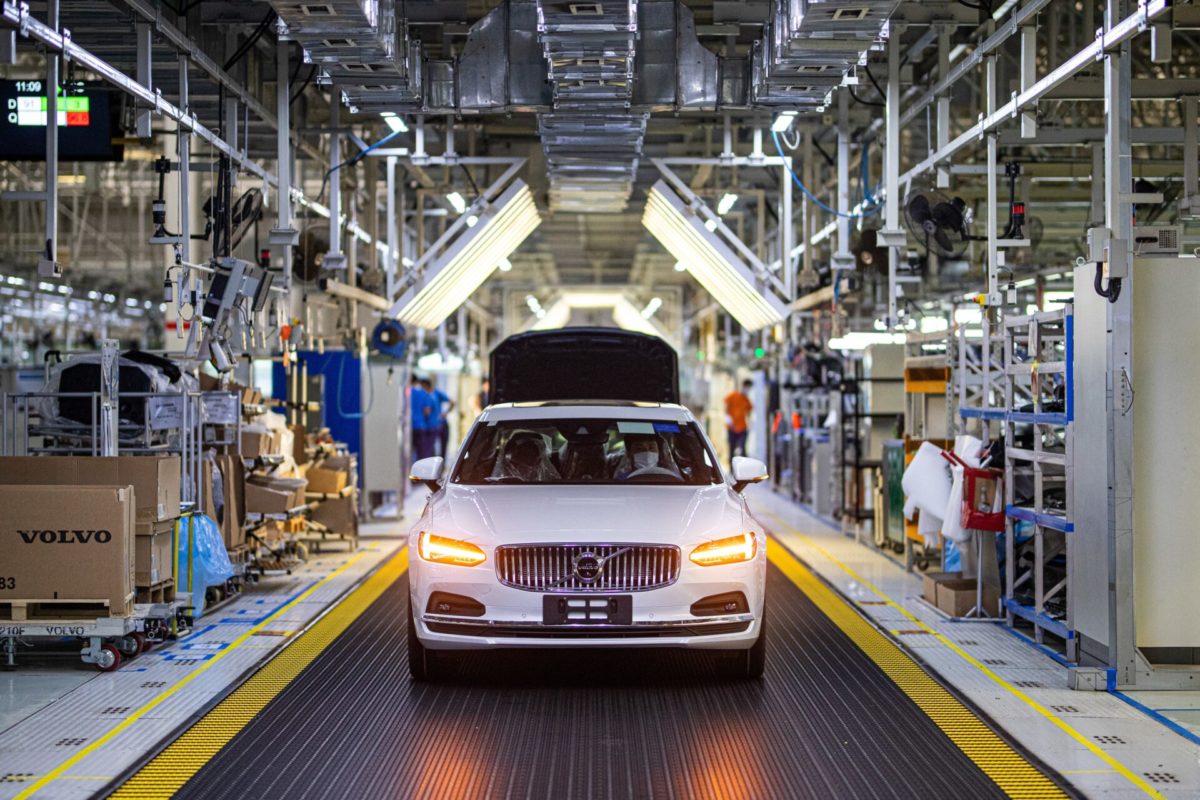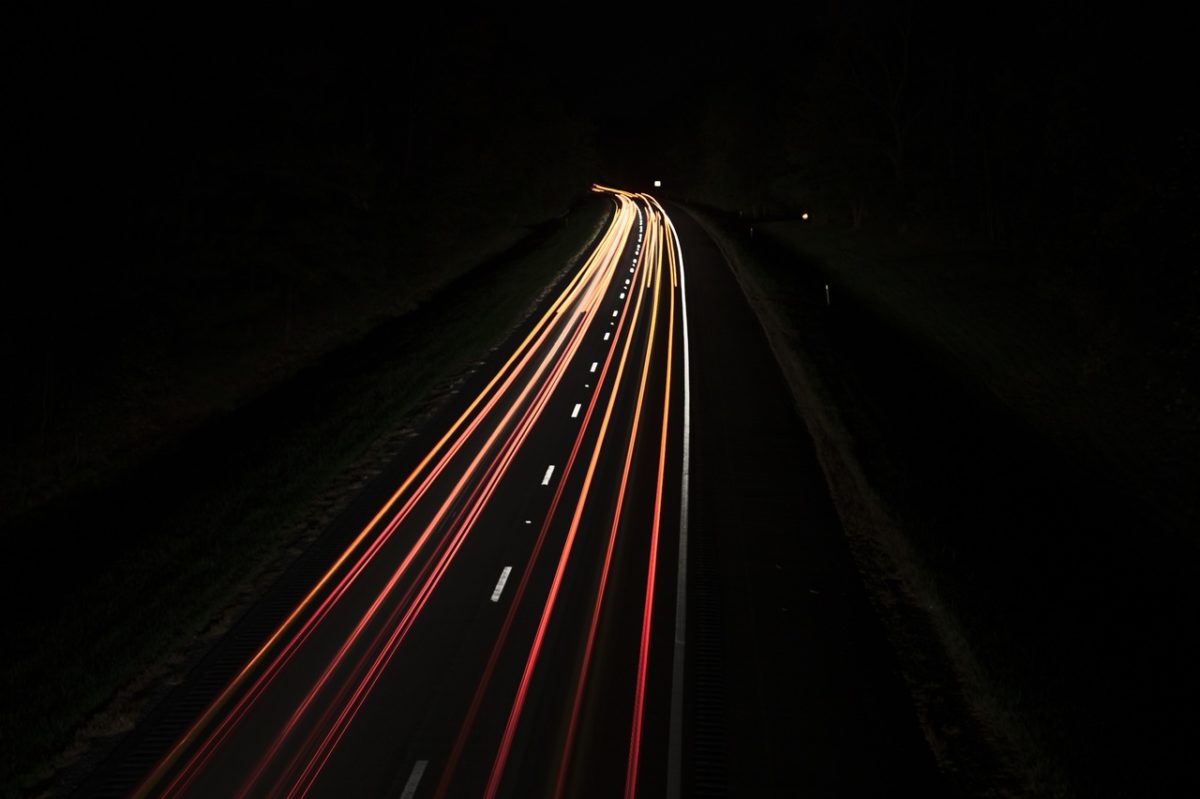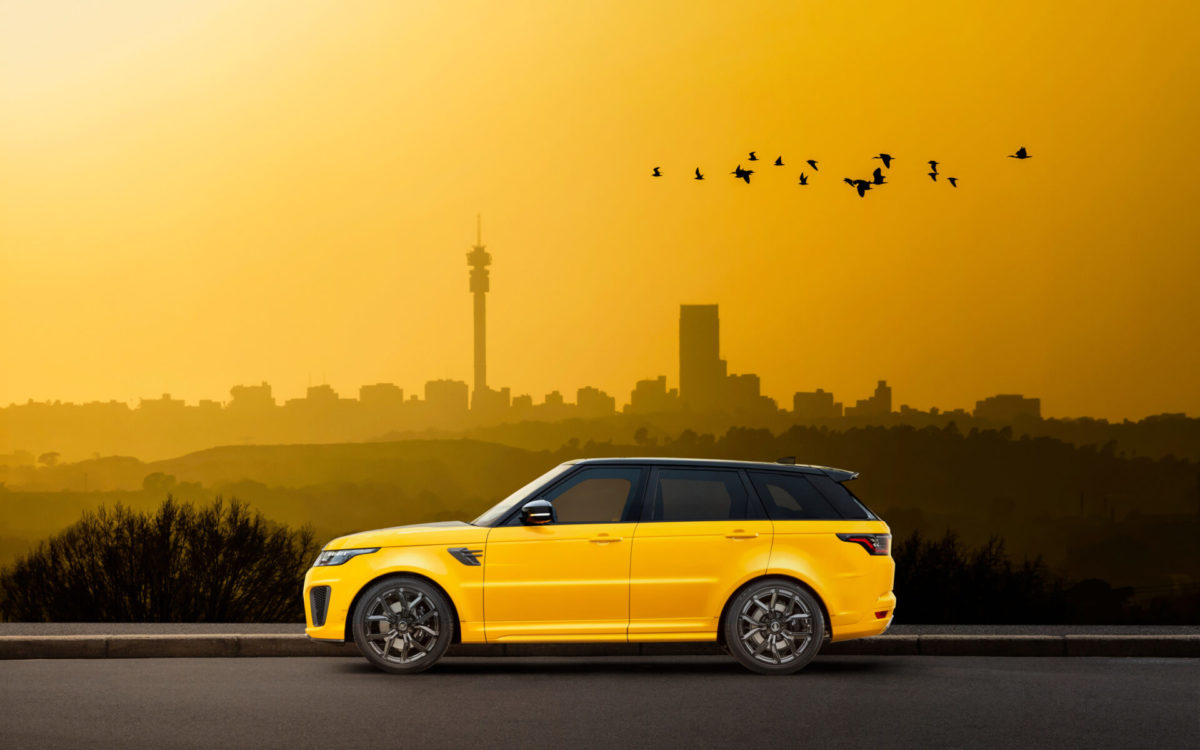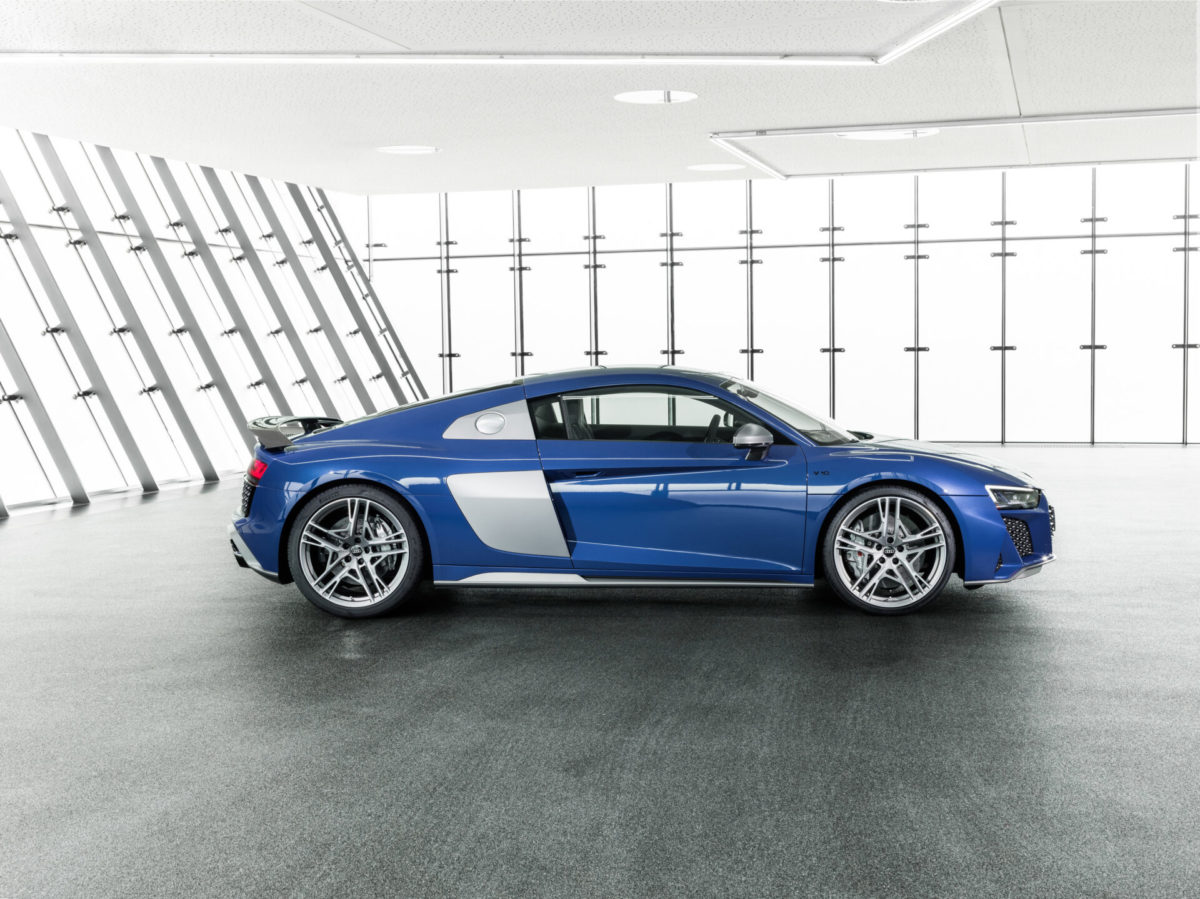VWSA opens Covid-19 vaccination centre for its Kariega employees
To empower its employees and the larger community in the fight against Covid-19, Volkswagen Group South Africa (VWSA) has begun vaccinating its employees in Kariega against the virus.
The VWSA vaccination centre, which was set up at the VW PeoplePavilion near the plant in Kariega, began administering the Pfizer vaccines to VWSA employees on 2 August. In its first week, the centre vaccinated 426 employees, with plans to vaccinate 150 employees per day from this week onwards.
The process to establish this vaccination centre started a few months ago, with the centre being approved and accredited by the Department of Health as a workplace vaccination site. The centre is staffed with four professional nurses, some of whom are contract staff and some from the company’s Wellness Centre, as well as two administrators.
As one of the largest employers in the Eastern Cape, we take the responsibility of protecting our employees and the community against Covid-19 seriously
– Dr Robert Cisek, VWSA Chairman and Managing Director
At the current pace and envisaged planning, it would take the vaccination centre approximately 16 working days to vaccinate all willing employees who have not yet received both doses of the vaccine, after which the company plans to expand the vaccination programme to VWSA’s on-site service providers and then the loved-ones living in the same household as VWSA employees.

The vaccination centre functions separately from the Covid-19 testing facility which was set up by VWSA last year, and which continues to provide free drive-through Covid-19 testing for employees in Kariega. By the end of the first week of August, the facility had performed in excess of 6 800 tests since its opening.
“VWSA has played an instrumental role in the fight against the Covid-19 pandemic so far,” said Dr Robert Cisek, VWSA Chairman and Managing Director. “As one of the largest employers in the Eastern Cape, we take the responsibility of protecting our employees and the community against Covid-19 seriously. This vaccination centre is an important part of fulfilling that duty, and I am proud of each employee who supports us in our duty by choosing to vaccinate.”
